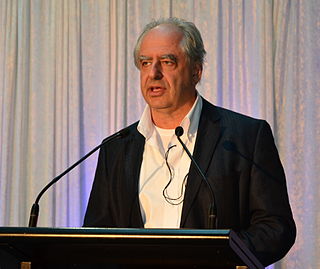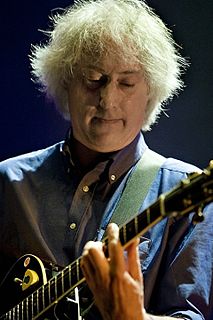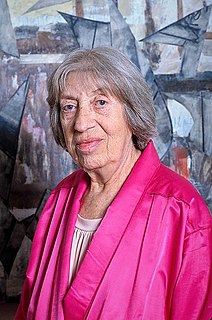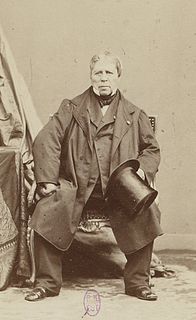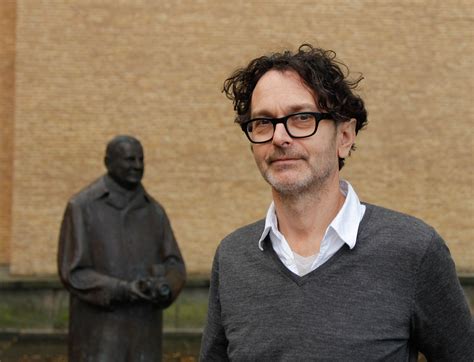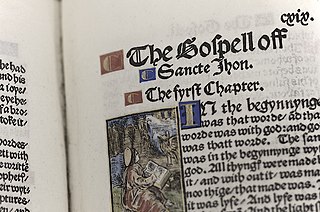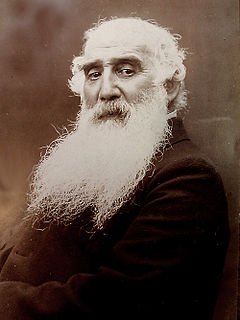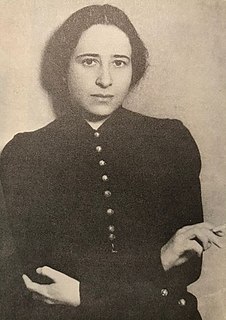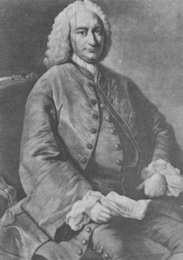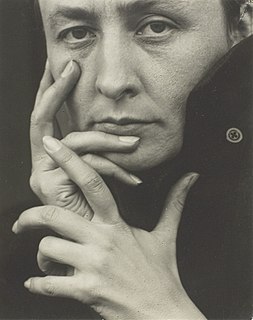A Quote by Robert Henri
Has your drawing the meaning you saw in the model at first?
Related Quotes
I'd done a drawing of the model using only peripheral vision, looking at a spot on the wall to the right of where she sat. It wasn't really a drawing of her I produced; it was a drawing of the cloud of lights and darks she dissolved into when I focused on the spot. You could look at my drawing of this cloud and read it as a nude female figure, though a little translation was required.
To draw does not simply mean to reproduce contours; the drawing does not simply consist in the idea: the drawing is even the expression, the interior form, the plan, the model. Look what remains after that! The drawing is three fourths and a half of what constitutes painting. If I had to put a sign over my door to the atelier, I would write: School of drawing, and I'm certain that I would create painters.
Inspiration is a really hard thing to describe, but it's something that triggers your brain, like the first time I heard a certain guitar player that I loved or the first time that I saw a monster or the first time that I saw anything that really was an epiphany for me. It just stays with you your whole life.
I am trying to represent design through drawing. I have always drawn things to a high degree of detail. That is not an ideological position I hold on drawing but is rather an expression of my desire to design and by extension to build. This has often been mistaken as a fetish I have for drawing: of drawing for drawing’s sake, for the love of drawing. Never. Never. Yes, I love making a beautiful, well-crafted drawing, but I love it only because of the amount of information a precise drawing provides


